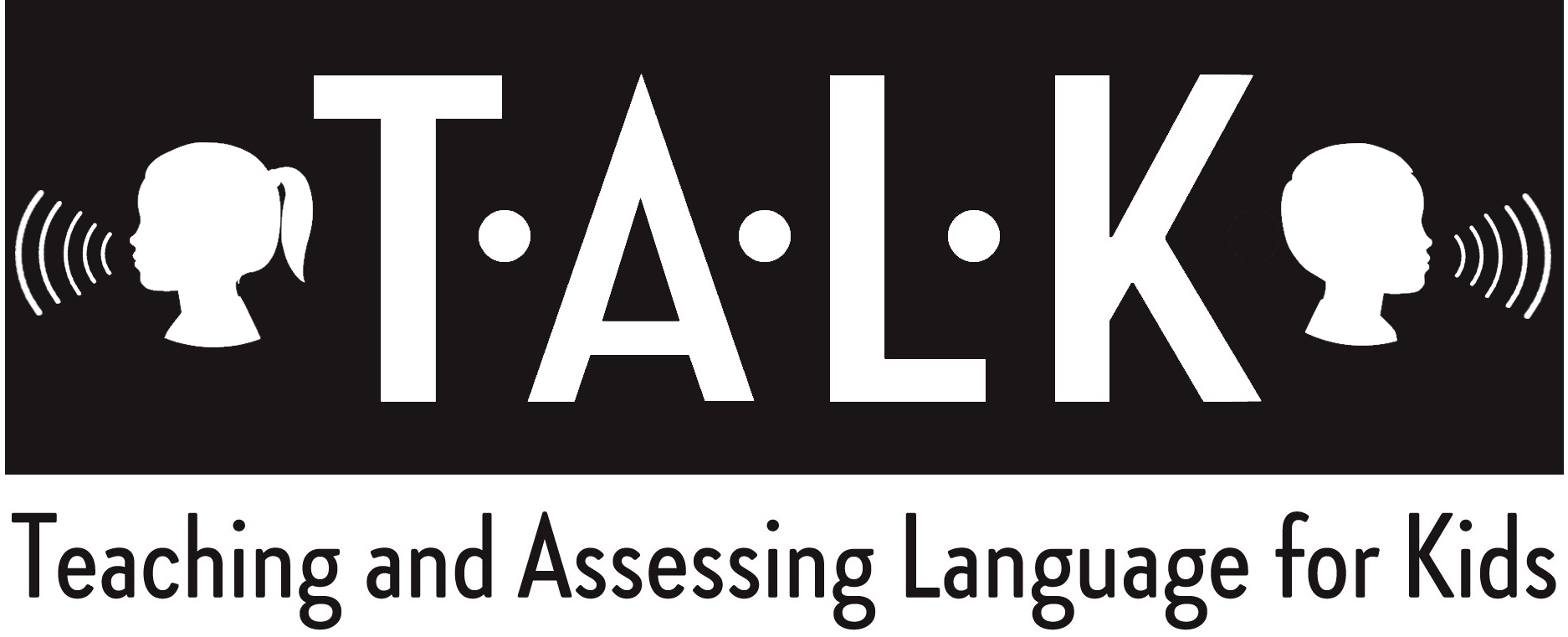All About Stuttering
Happy National Stuttering Awareness Week! National Stuttering Awareness Week is May 10- May 15. We at TALK have decided to take the opportunity to educate our readers on what stuttering is and how we utilize a variety of programs and techniques with our fluency clients.
The National Stuttering Association defines stuttering as “a communication disorder involving disruptions, or “disfluencies,” in a person’s speech.” There are different types of disfluencies including sound repetitions (m-m-mom) part word repetitions (mo-mo-mom), whole word repetitions (the-the-the dog ran), blocks (an absence of sounds), prolongations (sssssay), and interjections (um, uh). Often, these disfluencies happen in conjunction with secondary behaviors which include head jerking, eye blinking, body rocking, etc. Avoidance behaviors are also common. Avoidance behaviors include avoiding certain words or sounds that the person is more likely to stutter on, or even avoiding situations that involve speaking, such as talking on the phone or ordering at a restaurant.
At TALK, when we work on fluency with our clients, we also consider the social and emotional effect stuttering might have on our clients. According to the American Speech and Hearing Association (ASHA), people who stutter often experience social anxiety, and psychological and/or emotional stress, and negative thoughts and feelings towards themselves and about their speech.
When we work with clients with fluency disorders, we use standardized tests to evaluate the cognitive, affective, linguistic, motor, and social characteristics of stuttering. The cognitive component includes the thoughts, perceptions, awareness, and understanding of stuttering. The affective component includes the thoughts that are directly connected with feelings, emotions, and attitudes that accompany stuttering and communication. The linguistic component relates to the speaker’s language skills and abilities that impact the frequency of stuttering. The motor component refers to the number of factors that influence stuttering such as the frequency, duration, type, and severity. The social component composes the reactions the person who stutters has with various communication partners in a variety of settings. Within the social component, we also look at avoidance of speaking situations, and peer relationships that could occur as a result of stuttering. With all of this information, our therapists create goals to target areas of need, determine the best techniques to use depending on the type of disfluencies are present, and write an individualized treatment plan for our clients.
With our clients, we reiterate that it is okay to stutter. We provide positive praise for fluent moments, but also let them know that it is okay to have disfluent moments as well. We strive to help our clients with all aspects of fluency including the cognitive, affective, linguistic, motor, and social components of stuttering.
If you are interested in reading more about stuttering, we have provided some links below. Happy National Stuttering Awareness Week!
Links:
https://www.asha.org/practice-portal/clinical-topics/fluency-disorders/#collapse_3
https://westutter.org/what-is-stuttering/
